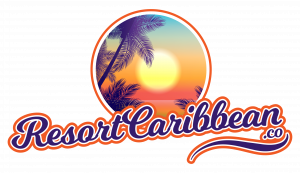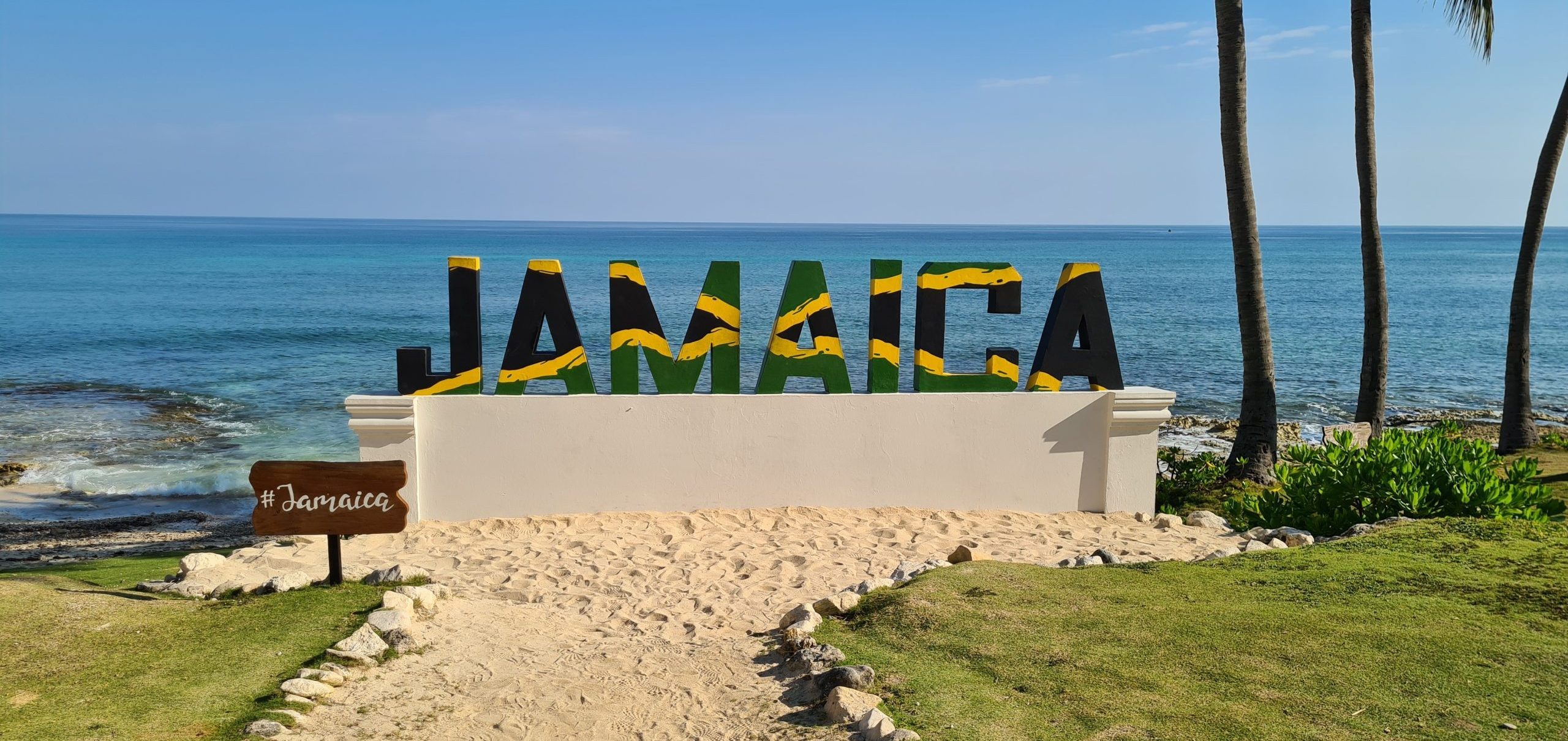Jamaican English, often referred to as Patois, holds a unique charm characterized by its distinctive pronunciation and colloquial expressions. Among these, the terms ‘bomboclat’ and ‘bloodclaat’ have sparked intrigue and confusion among language enthusiasts and travelers alike. In this blog post, we delve into the origins, meanings, and appropriate usage of these terms.
The Original Connotations
Originating from Jamaican Patois, ‘bloodclaat’ and ‘bomboclat’ are terms deriving from everyday items used in the past. The term ‘bloodclaat’ literally refers to a ‘blood cloth’, a homemade sanitary napkin women used during menstruation. Similarly, ‘bomboclat’ translates to ‘bum cloth’, a cloth used for cleaning oneself post-defecation.
However, in Jamaican colloquial language, these terms have taken on a whole new meaning.
The Evolution of Meaning
Like many other words in languages worldwide, these terms have evolved into slang expressions. Today, ‘bloodclaat’ and ‘bomboclat’ are considered indecent language or profanity in Jamaican society. They are often used to express surprise, annoyance, or anger, similar to how English speakers might use the ‘F-bomb’.
Yet, the application of these terms is not limited solely to negative contexts. Much depends on the tone, context, and relationship between the speaker and the listener.
Decoding the Usage
In informal conversations among friends, these terms could be used in a light-hearted, teasing manner, devoid of any intention to offend. However, in formal or unfamiliar settings, using these words could be seen as disrespectful or offensive.
The versatility of these words is much like the English ‘F-word’, which can express a range of emotions – from anger and frustration to surprise and admiration – depending on the context.
A Word of Caution for Visitors
For travelers visiting Jamaica, it’s crucial to note that using these terms without a proper understanding of their connotations can lead to misunderstandings. While some locals might find it amusing to hear tourists attempting local slang, others might perceive it as rude or disrespectful.
One must always remember that slang, especially when it includes profanity, can be a sensitive aspect of any culture. It’s always advisable to avoid using such terms unless you are entirely certain about their appropriateness in a given context.
The Local Language: Jamaican Patois
Before delving further into the two terms, it’s essential to understand the linguistic backdrop against which they exist. Jamaican Patois, also known as Patwa, is a Creole language spoken predominantly in Jamaica. It originated from a mixture of English, West African languages, and other Creole influences.
Despite English being the official language, Patwa is the heart language for the majority of Jamaicans, with over 2.7 million speakers as compared to the 50,000 English speakers.
The Intricacies of ‘Bomboclaat’ and ‘Bloodclaat’
In Patwa, ‘bomboclaat’ and ‘bloodclaat’ can be used interchangeably, with both carrying similar meanings. However, discerning the exact meaning requires an understanding of the context and tonality of the conversation.
Much like the nuanced usage of slang and cuss words in other languages, these terms can convey diverse emotions and attitudes. They can range from a friendly jest to an outright insult, contributing to the rich tapestry of Jamaican linguistic culture.
Final Thoughts
Language is a fascinating reflection of culture and societal norms. The terms ‘bomboclat’ and ‘bloodclaat’ exemplify the dynamic and colorful nature of Jamaican Patois, providing a window into the vibrant culture of Jamaica.
However, as exciting as it may be to try and blend in with the local linguistic scene, it’s imperative for visitors to be respectful and mindful of the potential implications. In the end, it’s all about promoting mutual understanding and respect for cultural diversity.
For recommendations on some of the best times to visit Jamaica, you can check out our guide here.
—
If you’re traveling to Jamaica alone, ensure you take all the necessary measures to keep safe. Read about how you can stay safe while visiting Jamaica. If you decide to visit any resort, be sure to tag us in your photos and videos @resortcaribbean, and follow our socials: Instagram, Facebook, YouTube.






![What You Need to Know before Visiting Azul Beach Resort Negril Jamaica Gourmet All-Inclusive [Resort Review] Azul Beach Resort Pool](https://resortcaribbean.co/wp-content/uploads/2021/09/20210828_091210-2-100x70.jpg)
![Visiting Ocean Coral Spring – One of Jamaica’s Most Famous Resorts [Resort Review] Visiting Ocean Coral Spring - One of Jamaica's Most Famous Resorts](https://resortcaribbean.co/wp-content/uploads/2021/11/20211106_155809-100x70.jpg)
![What is it like Visiting Iberostar Rose Hall Beach, Iberostar Grand Rose Hall, Iberostar Selection Rose Hall Suites? [Resort Review] What is it like visiting Iberostar Rose Hall Beach, Iberostar Grand Rose Hall, Iberostar Selection Rose Hall Suites?](https://resortcaribbean.co/wp-content/uploads/2023/03/20151129_122732-100x70.jpg)